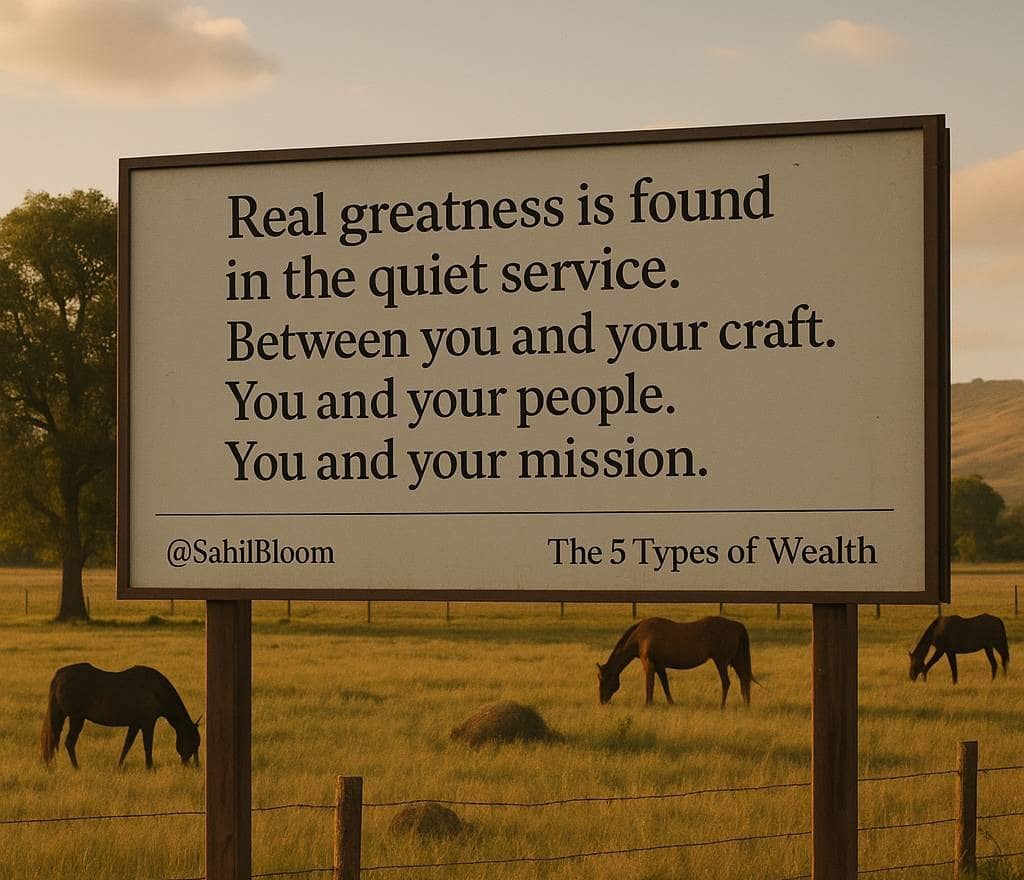A Scene From Yellowstone That Changed How I Think About Success
Today at a Glance
What’s a Rich Text element?
The rich text element allows you to create and format headings, paragraphs, blockquotes, images, and video all in one place instead of having to add and format them individually. Just double-click and easily create content.
Static and dynamic content editing
A rich text element can be used with static or dynamic content. For static content, just drop it into any page and begin editing. For dynamic content, add a rich text field to any collection and then connect a rich text element to that field in the settings panel. !
- ml;xsml;xa
- koxsaml;xsml;xsa
- mklxsaml;xsa
How to customize formatting for each rich text
Headings, paragraphs, blockquotes, figures, images, and figure captions can all be styled after a class is added to the rich text element using the "When inside of" nested selector system.
Last week, I had the chance to sit down with University of Missouri head football coach Eliah Drinkwitz on a visit to their incredible facilities in Columbia, Missouri.
Coach Drinkwitz has led the program since 2020, making him one of the longest tenured coaches in the top conference in college football. He inherited a team that went 6-6 the year before his arrival and has turned the program into a perennial competitor, winning 10 and 11 games the last two years, respectively.
During our conversation, Coach Drinkwitz mentioned a personal turning point in his journey had been when he watched a single scene from the television series Yellowstone.
In the scene, Travis (played by show creator Taylor Sheridan) is offering advice to Jimmy, an aspiring rodeo competitor:
Travis: So why do you do it?
Jimmy: I don't know, I like the lights, I like the crowd, I like the...they f**cking like me.
Travis: What about the horses? Do you like them?...
Let me tell you something, Jimmy. To be any good at this game...you gotta do it for the horse.
And where you're goin, a horse is going to be your only f**king friend and you two are going to have to figure it the f**k out.
And that's all cowboyin' is...
It's you and a horse, doing a job, trying like hell to not let the other down.
The power in that exchange is difficult to overstate:
Jimmy's initial answer ("I like the lights, I like the crowd...") is representative of many of your surface level motivations in life.
You're in it for the external. You do the thing because you like the applause. The recognition. The rewards. The pats on the back. The scoreboard. The spotlight.
But Travis' challenge ("What about the horses? Do you like them?") cuts straight to the truth:
The only way to achieve real, lasting, meaningful success is through a grounding in the internal. The work itself. The craft. The partnership. The service to those who you're in the trenches with.
Because the harsh reality is that the higher you climb, the lonelier it gets. It may look like bright lights and cheering crowds, but it'll feel like fewer real friends and true supporters.
As the saying goes, "It's lonely at the top."
So if you don't love the horse—the elemental, unglamorous, boring work—you'll never find a way to thrive.
Real greatness isn't found in the lights or the crowd. That's ego.
Real greatness is found in the quiet service. Between you and your craft. You and your people. You and your mission.
It's you and your horse, doing a job, trying like hell to not let the other down.
And whether the lights are bright or dim, whether the crowd is cheering your name or trying to run you out of town...
If you focus on the horse, you'll always find a way to win.
So, this week, ask yourself:
Do you like the horses?
















